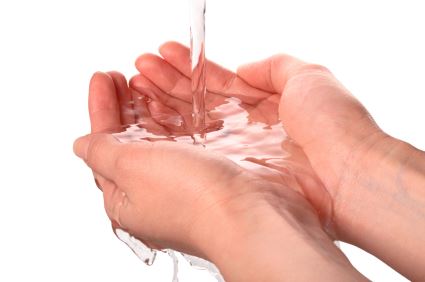
Nothing feels as great as climbing into the shower, letting the warm, powerful stream of water soothe and relax you.
Nothing can be as disappointing as realizing that powerful stream has been reduced to a mere trickle.
What can cause low water pressure in your home?
Water Valves
If a water valve is partially or completely closed, the water won’t be able to travel to all parts of your home. While it may appear normal in some areas, it can be restricted and down to a meager trickle in others. Occasionally these valves may be bumped or turned by accident. Be sure that the valves all around your home are in their open position, especially at the fixture where you’ve noticed a lower than normal water pressure.
Pressure Regulator
The pressure regulator is located below the hose connection in front of your home. These regulators control the amount of water flow coming from the municipal water supply. In some cases they can go bad, reducing the amount of water flow into your home. This requires a plumber to replace them.
Leaks
As a home ages, the pipes can become worn and damaged. And while tiny leaks may be unnoticeable, they can quickly grow into much larger problems. When a leak is formed, it allows the water to seep out into places where it shouldn’t be. And if it’s leaking, it’s not making its way to your fixture or faucet, which limits the water supply. Just because you don’t see a leak doesn’t mean it’s not there. A plumbing professional can assess your plumbing system and determine where potential problems may lie.
Build-up
Build-up can occur in your pipes for a variety of reasons. Hard water, for instance, leaves behind small mineral deposits, which build up over time in your pipes and your fixtures. When it builds up too much, it can restrict the water flow. The build-up may be limited to one sink or to the showerhead, in which case you can often unscrew the end of the faucet and clean out the aerator, which might improve your water pressure.
Water Heater
When does low water pressure occur? If you begin seeing a pattern that it’s only when using hot water, it may be a sign of a water heater issue. The water heater may have a leak, a blocked pipe, or buildup within the tank. To determine the cause, a professional plumber can assess the situation and help you determine the cause.
